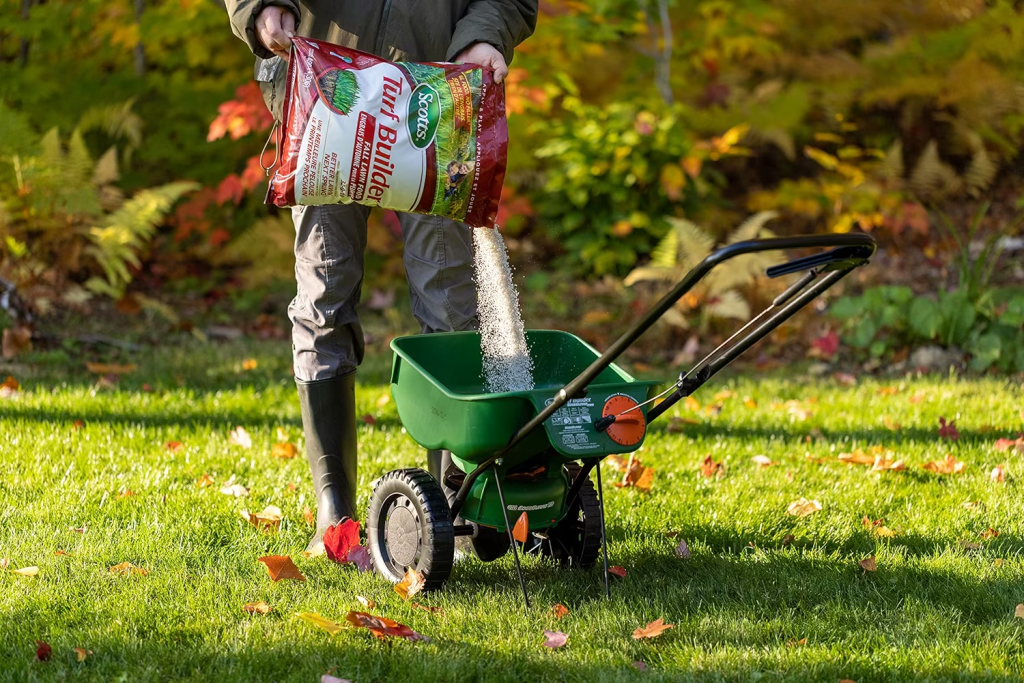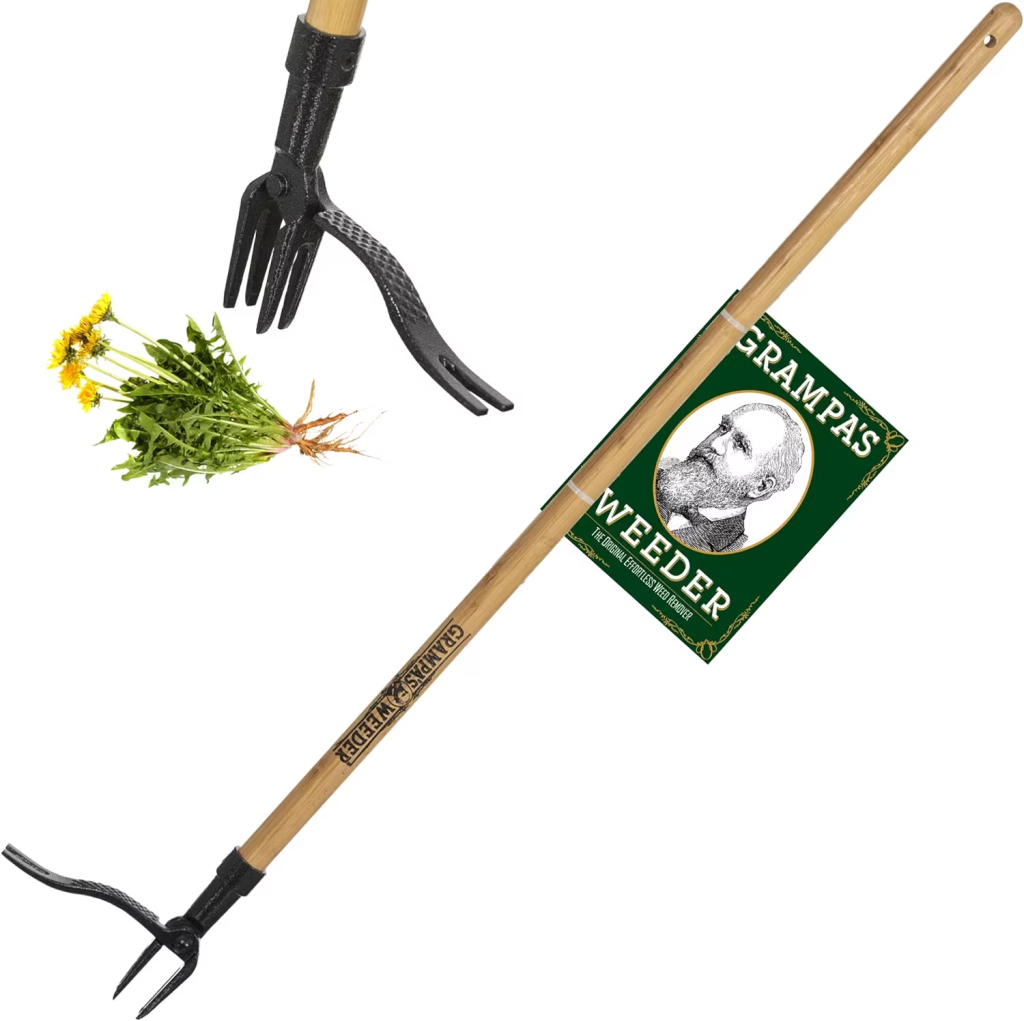Fall Lawn Care: Preparing Your Lawn for Winter and Ensuring a Lush Spring Comeback Leave a comment
Introduction
As the vibrant colors of summer start to fade, it’s time to shift our focus to the autumn tasks that will ensure a lush and healthy lawn come spring. Fall is the perfect season to give your lawn some extra love and attention, and with the right care, you can transform your outdoor space into a green oasis next year. In this persuasive guide, we’ll walk you through the essential steps of fall lawn care, including fall lawn fertilizing and fall reseeding. Get ready to discover the secrets to a lawn that thrives even in the harshest winter conditions.
Section 1: Why Fall Lawn Care Matters
Before we dive into the nitty-gritty of fall lawn care, let’s explore why this season is crucial for your lawn’s health and resilience. Fall lawn care is not just an optional task; it’s a fundamental step in ensuring your lawn’s survival through the harsh winter months and its revival in the spring.
Healthy Roots for Winter Survival: As temperatures drop, your lawn shifts its focus from top growth to root growth. By fall, your grass should have robust and healthy roots that will help it withstand the freezing temperatures and snow of winter. Proper fall lawn care, including fertilizing and reseeding, can bolster root development.
Weed and Pest Prevention: Fall is the ideal time to address any weed issues that may have cropped up during the summer months. A well-maintained lawn with proper fertilization and reseeding is less susceptible to weed infestations and pest problems, ensuring a more pleasant spring and summer.
Spring Comeback: Your lawn doesn’t truly go to sleep during winter; it’s just taking a break. By providing the right care in the fall, you’re essentially laying the groundwork for a spectacular spring comeback. A lush and healthy lawn in the spring starts with your actions in the fall.
Section 2: Fall Lawn Fertilizing – Feeding for Success
One of the cornerstones of fall lawn care is proper fertilization. Feeding your lawn in the fall provides the essential nutrients it needs to thrive during the cold months and wake up strong in the spring.
Choosing the Right Fertilizer: When selecting a fertilizer for your fall lawn care routine, opt for one with a higher ratio of nitrogen and potassium, which promotes root growth and disease resistance. Look for a slow-release or winterizer fertilizer designed specifically for autumn application.

Timing is Everything: The timing of your fall lawn fertilizing is crucial. Aim to apply fertilizer in the late summer to early fall, ideally six to eight weeks before the first expected frost. This allows your grass to absorb the nutrients and build strong roots before winter arrives.
Proper Application: Apply the fertilizer evenly across your lawn, using a spreader to ensure uniform coverage. Be cautious not to over-apply, as excess fertilizer can harm your grass and the environment. Follow the manufacturer’s instructions carefully.
Water After Fertilizing: After applying the fertilizer, water your lawn thoroughly. This helps the nutrients penetrate the soil and reach the roots, where they’re needed most.
Section 3: Fall Reseeding – Filling in the Gaps
If your lawn has bare spots, thin areas, or suffered damage during the summer, fall reseeding is your ticket to a thicker, lusher lawn. Reseeding in the fall allows new grass to establish itself before the winter chill sets in.
Identifying Problem Areas: Walk your lawn and identify any areas that need attention. Look for bare patches, thin grass, or places where weeds have taken hold.
Choosing the Right Seed: Select high-quality grass seed that’s suitable for your region and the conditions in your yard. Different grass varieties have different needs, so consult with a local garden center or expert if you’re unsure.
Preparing the Soil: Before reseeding, prepare the soil by raking away dead grass and debris. Loosen the topsoil and create a smooth, level surface for the new seed. Adding a thin layer of compost can also provide a nutrient boost for the new grass.
Seeding and Watering: Spread the grass seed evenly over the prepared areas, following the recommended seeding rate on the seed packaging. Lightly rake the soil to cover the seed and water thoroughly. Keep the soil consistently moist until the new grass establishes itself.

Section 4: Lawn Mowing in the Fall
While you might be tempted to put your lawnmower away for the season, fall lawn care includes proper mowing. Adjust your mowing routine to meet the changing needs of your grass during this time of year.
Gradual Height Reduction: Start gradually reducing your mowing height as fall progresses. This encourages the grass to thicken up and prevents it from becoming too tall and prone to disease.
Don’t Scalp Your Lawn: Avoid the temptation to cut your grass too short. Scalping can stress the grass and expose the soil to the harsh winter elements. Instead, aim to maintain a moderate mowing height that’s suitable for your grass type.
Collect Leaves: Falling leaves can smother your lawn if left unattended. Regularly remove fallen leaves using a rake or a leaf blower to ensure your grass can breathe and receive sunlight.
Section 5: Fall Lawn Care for Weed Control
Weeds can be a persistent nuisance in your lawn, and fall is an opportune time to tackle them head-on as part of your fall lawn care routine.
Weed Identification: Before applying any weed control products, identify the specific weeds plaguing your lawn. Different weeds require different treatments.
Selective Herbicides: Consider using selective herbicides that target specific weed types while sparing your grass. Apply these products following the manufacturer’s instructions for the best results.
Manual Removal: For smaller infestations, consider manually removing weeds by hand or with a weeding tool. Be sure to get the entire root to prevent regrowth.
Pre-Emergent Herbicides: Pre-emergent herbicides can be applied in the fall to prevent weed seeds from germinating in the spring. This proactive approach can save you time and effort in the long run.
Section 6: Final Preparations for Winter
As the fall season progresses and winter approaches, it’s time to make some final preparations to ensure your lawn’s survival and a successful spring comeback.
Lawn Aeration: If your soil is compacted, fall is an ideal time for lawn aeration. Aerating your lawn allows air, water, and nutrients to penetrate the soil more effectively, promoting healthy root growth.
Winterize Your Equipment: Before the first frost, clean and winterize your lawnmower, trimmer, and other lawn equipment. Proper maintenance now will ensure they’re ready to go in the spring. Read more in the following article.
Irrigation System: If you have an irrigation system, make sure it’s drained and turned off before freezing temperatures set in. Frozen water lines can lead to costly repairs in the spring.
Enjoy the Beauty of Fall: Finally, take some time to enjoy the beauty of your lawn in the fall. As the leaves change color and the air turns crisp, your well-cared-for lawn will be a source of pride and satisfaction.
Conclusion
Fall lawn care is not just a chore; it’s an investment in the future health and beauty of your lawn. By following the steps outlined in this persuasive guide, including fall lawn fertilizing and fall reseeding, you can ensure that your grass survives the winter cold.









